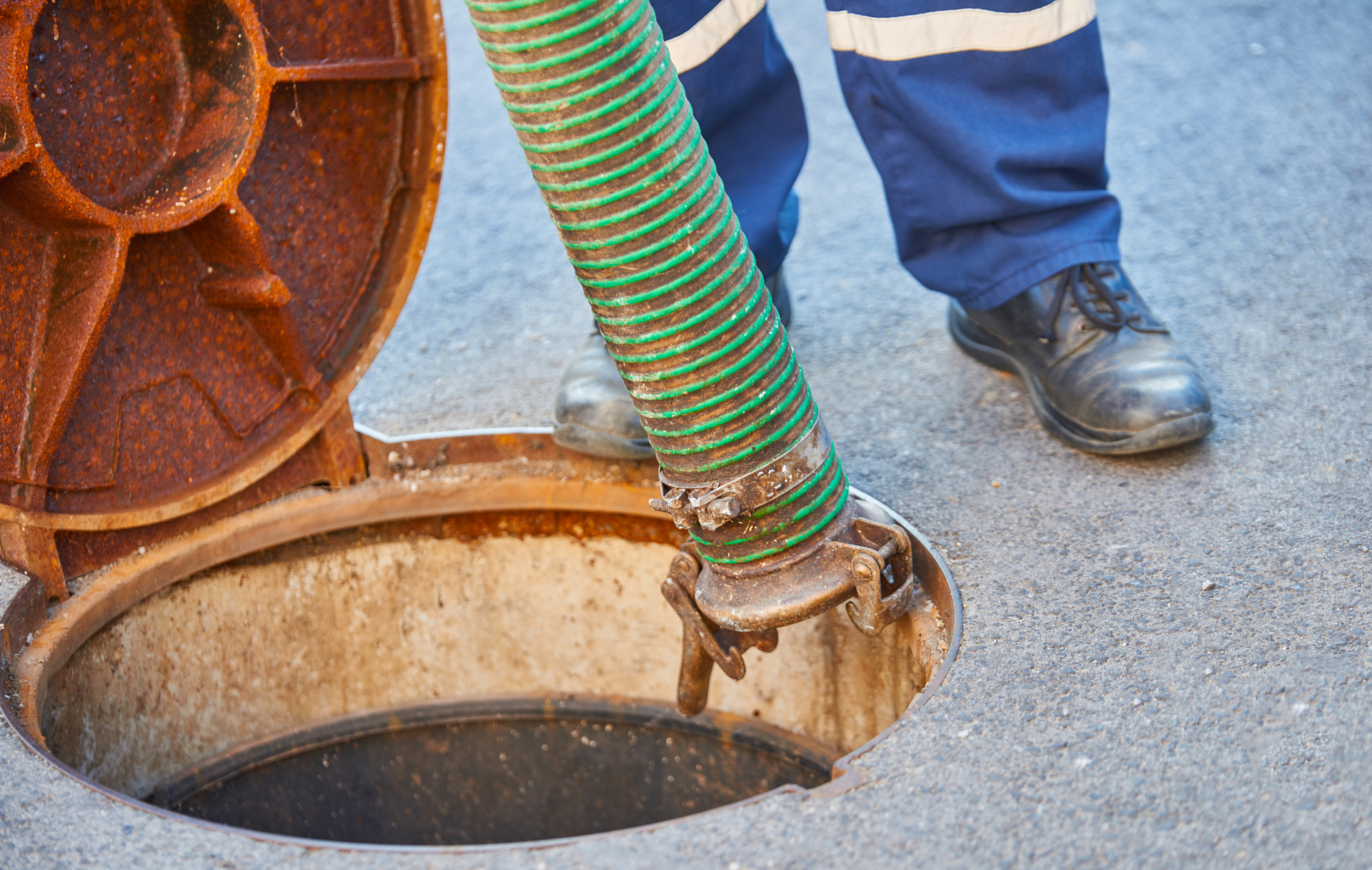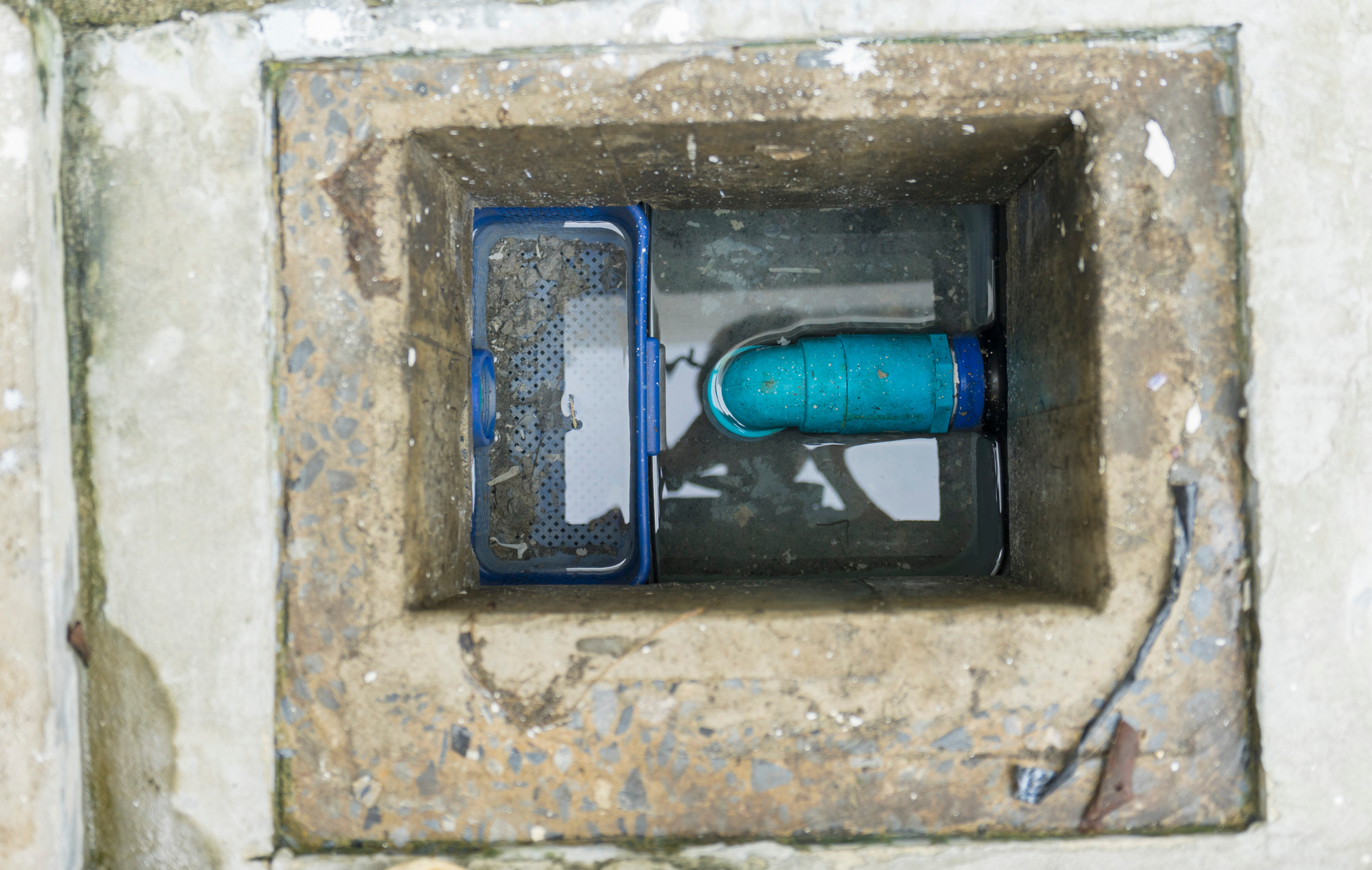DIY vs. Professional Septic Tank Cleaning: Pros and Cons
April 3, 2024
DIY vs. Professional Septic Tank Cleaning: Pros and Cons
Maintaining a healthy septic system is crucial for the well-being of your home and the environment. One essential aspect of this maintenance is septic tank cleaning. The big question homeowners often face is whether to tackle this task themselves or hire professionals. In this comprehensive guide, we'll explore the pros and cons of DIY septic tank cleaning versus hiring experts like Oxford Septic Service in Oxford, MS.
DIY Septic Tank Cleaning: Pros and Cons
Pros
1. Cost Savings: One of the most apparent advantages of a DIY approach is cost savings. You won't incur service fees, making it a budget-friendly option.
2. Learning Experience: Cleaning your septic tank can provide valuable insights into how your system works. It can be an educational experience for homeowners interested in understanding their septic system better.
3. Immediate Action: When you notice signs of a full tank, you can take immediate action without having to wait for a scheduled appointment.
Cons
1. Health and Safety Risks: Septic tank cleaning involves handling potentially hazardous waste. Exposure to pathogens and toxic gases can pose significant health risks if not managed properly.
2. Improper Cleaning: Without the proper equipment and expertise, DIY cleaning may not effectively remove all the accumulated sludge and scum. Incomplete cleaning can lead to system issues down the road.
3. Environmental Impact: Mishandling septic waste during DIY cleaning can result in environmental contamination, which can harm local water sources and ecosystems.
4. Regulatory Compliance: Many areas have regulations governing septic tank cleaning and waste disposal. DIYers may inadvertently violate these regulations, leading to legal issues.
Professional Septic Tank Cleaning: Pros and Cons
Pros
1. Expertise and Equipment: Professional septic services like Oxford Septic Service have the necessary expertise, specialized equipment, and safety protocols to perform thorough and safe tank cleaning.
2. Thorough Cleaning: Professionals are more likely to ensure a comprehensive cleaning process, removing all accumulated solids and liquids from your tank.
3. Safety and Compliance: Hiring professionals reduces health and safety risks associated with septic waste handling. They also ensure compliance with local regulations.
Cons
1. Cost: The primary drawback of professional cleaning is the cost involved. You'll need to budget for the service, which varies depending on your location and the size of your tank.
2. Scheduling: You'll need to schedule the service in advance, which may require some waiting time, especially during peak seasons.
Making the Right Choice: When to DIY and When to Go Pro
The decision between DIY septic tank cleaning and hiring professionals should depend on various factors, including your comfort level, budget, and the specific circumstances. Here are some guidelines to help you make the right choice:
DIY Cleaning May Be Suitable If:
You're Knowledgeable: If you have a good understanding of septic systems, their maintenance, and the safety precautions involved, you may consider DIY cleaning.
You Have the Right Tools: Having access to the necessary equipment and safety gear is crucial for a safe and effective DIY cleaning process.
You're Comfortable with Waste Handling: You should be comfortable handling septic waste and disposing of it according to local regulations.
Professional Cleaning Is Advisable If:
Safety Is a Priority: If you prioritize your safety and the safety of your family, hiring professionals is the best choice to minimize health risks.
You Lack Expertise: If you're not well-versed in septic systems or lack experience in handling waste, it's best to leave it to the experts.
Regulations Are Stringent: If your local regulations are strict regarding septic waste handling and disposal, professionals can ensure compliance.
You Want Thorough Cleaning: For a thorough and effective cleaning that prolongs the life of your septic system, professionals are the preferred option.
Conclusion
While DIY septic tank cleaning may offer cost savings and a learning experience, it comes with significant health and environmental risks. In contrast, professional septic services provide expertise, safety, and compliance with regulations. Ultimately, the choice between DIY and professional cleaning should prioritize the well-being of your home, your family, and the environment.
At Oxford Septic Service, we understand the importance of a clean and well-maintained septic system. Our team of experts is dedicated to providing safe and efficient septic tank cleaning services in Oxford, MS. Contact us today to schedule your cleaning and ensure your septic system continues to operate at its best.
Remember, your septic system's health is an investment in the well-being of your home. Choose wisely and prioritize safety and effectiveness.

Septic system failures can be costly, inconvenient, and hazardous to both property and health. Fortunately, with proper maintenance and proactive measures, many septic system failures can be prevented. In this guide, Oxford Septic Services shares valuable tips to help homeowners and businesses avoid septic system failures and ensure the long-term functionality of their systems. Chapter 1: Regular Maintenance Inspections Routine maintenance inspections are essential for identifying potential issues early and preventing costly repairs. Oxford Septic Services recommends scheduling regular inspections to assess the condition of your septic system and address any problems before they escalate. Chapter 2: Timely Septic Tank Pumping Regular septic tank pumping is crucial for removing accumulated solids and preventing clogs and backups. Oxford Septic Services advises homeowners to adhere to a consistent pumping schedule based on factors such as household size and usage to maintain optimal tank capacity. Chapter 3: Proper Waste Disposal Practices Improper disposal of household waste can overload septic systems and lead to system failures. Oxford Septic Services recommends avoiding flushing non-biodegradable items, grease, and chemicals down drains and toilets to prevent clogs and damage to the system. Chapter 4: Protecting the Drain Field The drain field plays a critical role in wastewater treatment and dispersal. To prevent drain field failure, Oxford Septic Services advises property owners to avoid parking vehicles or installing structures over the drain field and to maintain proper landscaping to prevent root intrusion. Chapter 5: Prompt Repairs and Maintenance Addressing minor issues promptly can prevent them from escalating into major septic system failures. Oxford Septic Services recommends contacting a professional at the first sign of trouble, such as slow drains, foul odors, or sewage backups, to prevent further damage. Chapter 6: Environmental Awareness Understanding the environmental impact of septic system failures can motivate property owners to prioritize proper maintenance and care. Oxford Septic Services emphasizes the importance of responsible waste management and eco-friendly practices to protect local water sources and ecosystems. Conclusion: By following these tips from Oxford Septic Services, homeowners and businesses can take proactive steps to prevent septic system failures and maintain the functionality of their systems for years to come. With regular maintenance, proper waste disposal practices, and prompt repairs, property owners can avoid costly and disruptive septic system failures and enjoy peace of mind knowing their systems are in good working order.

Oxford Septic Services plays a crucial role in ensuring the health and functionality of septic systems in our community. With years of experience and expertise, our team is dedicated to providing top-quality services to homeowners and businesses alike. In this guide, we'll explore the vital role that Oxford Septic Services plays in maintaining healthy septic systems and preserving the well-being of our environment. Chapter 1: Comprehensive Septic System Maintenance Oxford Septic Services offers comprehensive maintenance services designed to keep septic systems running smoothly. From regular inspections to proactive maintenance measures, our team ensures that septic systems remain in optimal condition year-round. Chapter 2: Professional Septic Tank Pumping Regular septic tank pumping is essential for preventing backups and maintaining the proper functioning of septic systems. Oxford Septic Services provides professional pumping services tailored to the unique needs of each property, ensuring efficient removal of waste and sludge. Chapter 3: Prompt Septic System Repairs When issues arise with septic systems, prompt repairs are crucial to prevent further damage and ensure continued functionality. Oxford Septic Services offers timely and reliable repair services, addressing issues such as leaks, clogs, and drain field problems with expertise and efficiency. Chapter 4: Expert Leach Field Services Leach fields are an integral part of septic systems, responsible for filtering and dispersing wastewater into the soil. Oxford Septic Services offers expert leach field services, including inspections, repairs, and installations, to ensure the proper functioning of this critical component. Chapter 5: Emergency Septic Services Septic emergencies can occur at any time, posing significant risks to property and health. Oxford Septic Services offers emergency services around the clock, providing prompt response and effective solutions to mitigate damage and restore functionality. Chapter 6: Residential and Commercial Solutions Whether it's a residential property or a commercial establishment, Oxford Septic Services offers tailored solutions to meet the unique needs of each client. From small homes to large commercial properties, our team has the expertise and resources to handle any septic system challenge. Chapter 7: Environmental Stewardship At Oxford Septic Services, we are committed to environmental stewardship and sustainable practices. We prioritize eco-friendly solutions and responsible waste management techniques to minimize our impact on the environment and protect natural resources. Conclusion: Oxford Septic Services plays a vital role in maintaining healthy septic systems and preserving the well-being of our community. With comprehensive maintenance services, prompt repairs, and a commitment to environmental stewardship, our team ensures that septic systems remain in optimal condition for years to come. Trust Oxford Septic Services for all your septic system needs and experience the difference firsthand.
